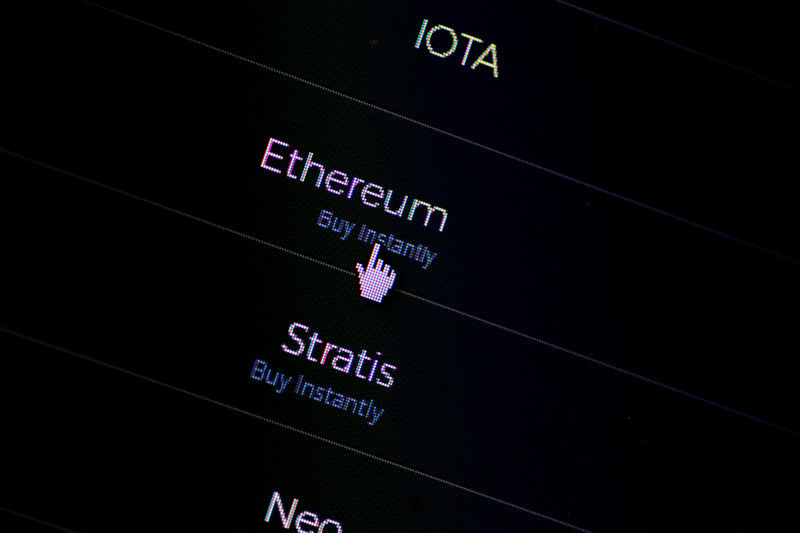Fed Governor Adriana Kugler to resign
Coin Edition -
- Multidimensional gas pricing enhances Ethereum’s scalability by decoupling resources for tailored pricing.
- The introduction of “blobs” in Ethereum’s Dencun hard fork showcases the potential of multidimensional gas pricing.
- Balancing scalability and security remains a challenge, especially in accommodating stateless clients’ storage proofs.
In Ethereum’s ongoing quest for scalability and efficiency, Vitalik Buterin has recently explored the concept of multidimensional gas pricing in a blog post. Gas, traditionally a singular measure encompassing various computational efforts within the Ethereum network, has been subject to scrutiny due to its limitations in accurately representing different resource constraints.
Vitalik published a new article discussing "Multidimensional gas more generally": there may be value in adding a separate gas dimension for state size increasing operations, but with a differnet goal: we could set a floating price to target a specific average usage, but set no…— Wu Blockchain (@WuBlockchain) May 9, 2024
Buterin highlights the inefficiency stemming from the one-dimensional nature of gas pricing, which fails to account for the distinct safety limits of various network resources. This oversight can lead to either the exclusion of safe blocks or the acceptance of unsafe ones, hindering overall throughput by a substantial margin.
A novel approach introduced in Ethereum Improvement Proposal (EIP)-4844, termed multidimensional gas, has sparked significant interest. This approach decouples resources such as computation, data bandwidth, and storage, allowing for separate pricing mechanisms tailored to each resource’s unique constraints.
The introduction of “blobs” in the Dencun hard fork exemplifies the potential of multidimensional gas pricing. By allocating separate space for rollup-friendly data within blocks, transaction costs on rollups have plummeted, transaction volumes surged, and theoretical block sizes expanded marginally, all while maintaining network safety.
Looking ahead, the impending challenge of accommodating stateless clients necessitates a similar reevaluation of gas pricing. With storage proofs becoming a focal point, the Ethereum community faces the dilemma of balancing scalability with security.
Buterin proposes a paradigm shift towards floating prices for state size-increasing operations, offering a nuanced approach to managing network resources. By setting floating prices to target specific average usage levels, Ethereum could mitigate long-term scalability concerns without imposing rigid per-block limits.
However, implementing multidimensional gas pricing poses technical challenges, particularly concerning gas limits in sub-calls within the Ethereum Virtual Machine (EVM). While solutions like EIP-7623 offer incremental improvements, achieving a comprehensive multidimensional pricing scheme requires careful consideration of backward compatibility and protocol economics.
The post ETH Founder Buterin Charts New Territory with Ethereum Gas Pricing Overhaul appeared first on Coin Edition.
